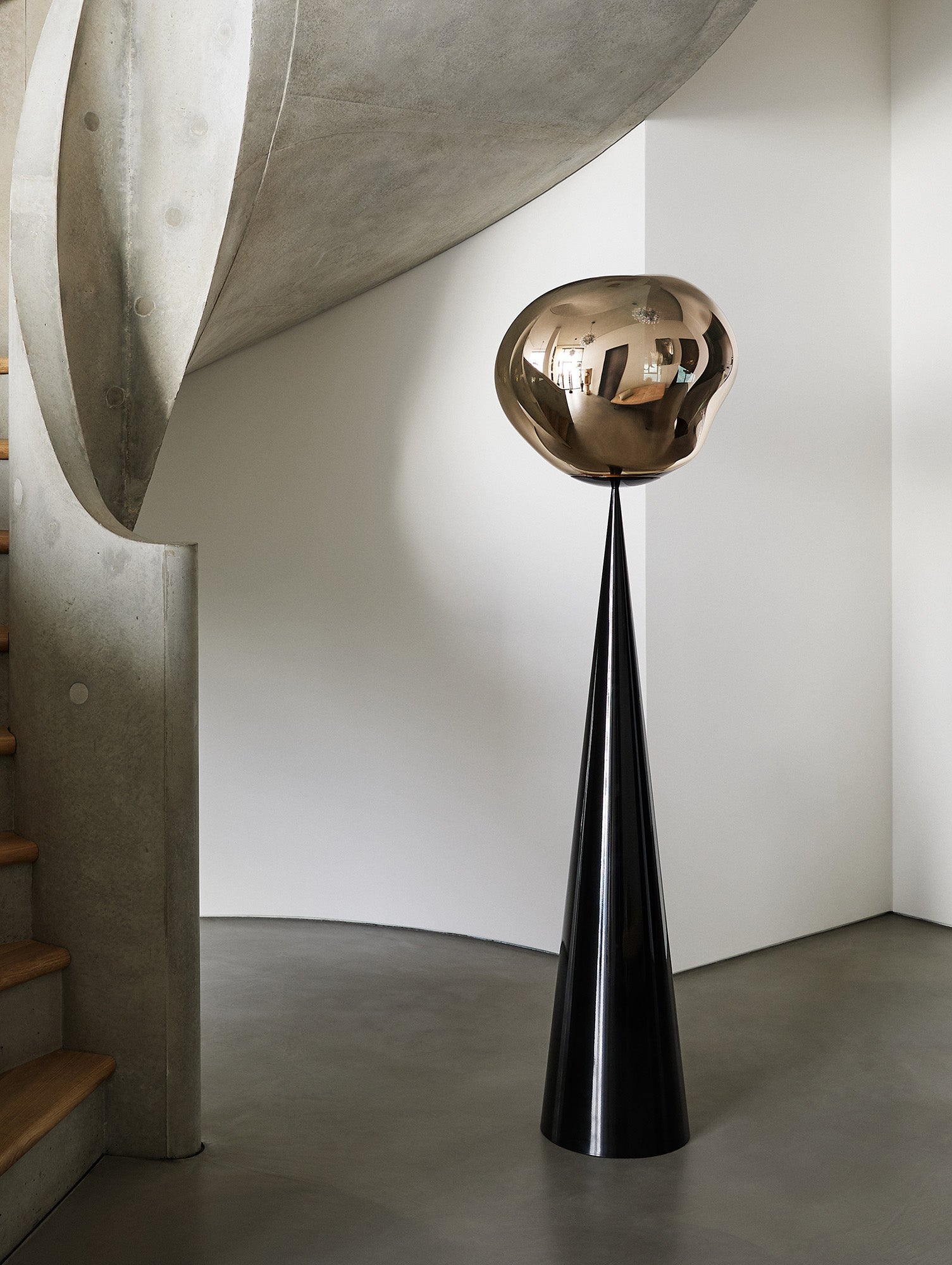10 Simple Techniques For Sunmory
10 Simple Techniques For Sunmory
Blog Article
Our Sunmory PDFs
Table of ContentsGetting My Sunmory To WorkThe 3-Minute Rule for SunmoryAn Unbiased View of SunmoryThe Greatest Guide To SunmoryThe Sunmory IdeasThe 15-Second Trick For Sunmory
As I discussed in an earlier message, A Lesson on Lights, the instructions the bulb faces is a large variable just how much light the light offers. When the bulb encounters up (uplight) it will certainly offer more ambient light to the entire space while a bulb that faces down (downlight) gives a lot more concentrated job illumination.Combos I love are brass + brightened nickel and brass + black. I tend to select floor lights in the center of my design process - they typically enhance various other aspects and play a supporting role.
Ever discovered on your own staring at your room, wondering whether a table lamp or a flooring lamp would certainly finish the look? We will look at Desk Light vs. Floor Light in a head-to-head contrast to see which is the much better option.
The Basic Principles Of Sunmory
Their main job is to provide light in a details location. Table lamps improve space style by offering both light and design options to match your area's look.
(https://sunmory11434.weebly.com/)With tones that diffuse light gently, table lights can produce a cozy, inviting environment in any kind of space. Flooring lamps are freestanding lights fixtures made to brighten or accent a space from the flooring up. They're independent, calling for no table or rack for assistance. Their design enables them to use both ambient and task lighting, depending upon the design and positioning.
With alternatives for uplighting or directional lights, they offer numerous lights needs. Offered in different designs, they can match and even specify a space's style. Unlike table lamps, they don't require additional furnishings, conserving room and price. Numerous designs feature adjustable elevations and angles, making them versatile to any type of area.
Getting The Sunmory To Work
Floor Lamp: Stands on the floor, maintaining table space. Table Light: Does not occupy floor area, as it rests on existing furniture. Floor Lamp: Needs a section of floor room for placement.
for its capacity to light up larger spaces effectively. Table Light: Easily moved and repositioned, supplying adaptability in transforming lights locations. Floor Light: Much less portable due to size however uses flexible elevations and angles in numerous layouts. for its superior convenience of repositioning. Table Light: Available in numerous designs, adding a decorative touch to tables and racks.
Floor Lamp: Offers adjustable illumination options, including uplighting and downlighting, to suit various demands. Table Light and Floor Light: Both can be equally energy-efficient, depending on the kind of light bulbs used (LED, CFL, etc).
The 9-Minute Rule for Sunmory

You call for focused lighting for jobs. You're working with limited floor area - led floor Continued lamp. The choice in between a floor light and a table light depends on your certain needs.
They're great for ambient lighting or when you require light from above for reading. Table lamps, on the various other hand, are more appropriate for job lighting, such as analysis, creating, or functioning on a computer system. They can give direct light in a details location and add a decorative touch to tables or desks.
Getting My Sunmory To Work
Table lights are made to sit on tables and give light in one area, best for reading or writing. The amount of electrical energy made use of by a lamp is established by the power level of the light bulb it houses, not the type of light. Both floor lamps and ceiling lights can be energy-efficient depending on the bulbs they make use of.
A flooring lamp, often referred to as a standing lamp, is a high, freestanding light designed to stand on the floor. Flooring lights generally include a base, a post, and a lamp shade, which houses the light bulb. The base maintains the light stable, while the post can come in various designs and finishes, sustaining the lamp shade and bulb at the top.
Lamps utilized to be constructed from timber and brass, now they make use of electric lighting and are necessary for home design. Floor lights transitioned from totally functional to crucial ornamental items in homes. New modern technology and imaginative designs made them preferred in the 1950s, using different styles for both lights and looks.
The 5-Second Trick For Sunmory
A flooring light includes four major components: the base, pole, lampshade, and light source. The base provides stability, avoiding the light from toppling. The post links the base to the lampshade and typically includes adjustable attributes to transform the light's height or direction. The lampshade diffuses and directs the light, affecting the ambiance of a space.

Report this page